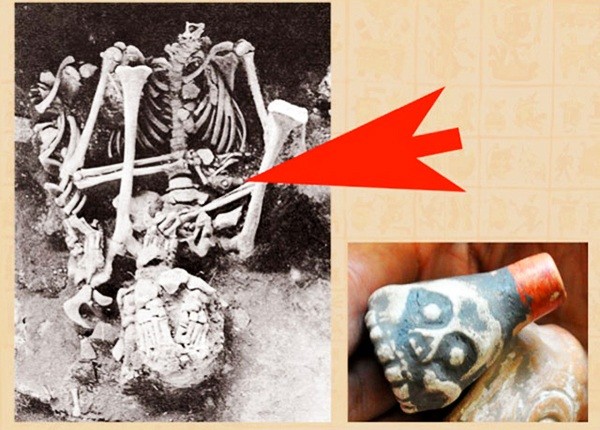Amazing Facts About Black-Mained Lion
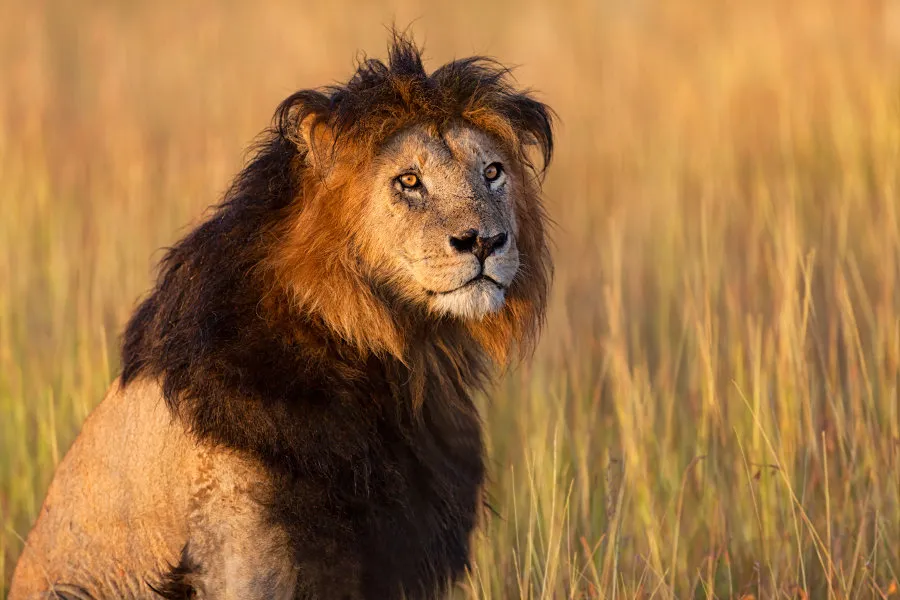 |
| Black-Mained Lion - Photo: Africafreak |
Many people’s first introduction to the idea of a black-maned lion was in the Disney classic, The Lion King. In this movie, Scar acts as the power-hungry villain in a proud pride of lions. His dark mane and his scary character raise some questions about this uniquely-maned feline.
Such as, are darker-haired lions more aggressive than their lighter-maned family? Do black-maned lions have any competitive advantage?
This article will give you some interesting facts about black-maned lion that you have never known before.
What is a black-maned lion?
A male lion’s mane is a strong indicator of his health. In this way, the mane speaks to the lion’s vigor and strength as well as his testosterone levels.
In short, the darker a lion’s mane, the more powerful he is. A lighter mane means the opposite; that the lion is weaker and has less impressive fighting abilities.
The purpose of lion manes, and why darker means healthier
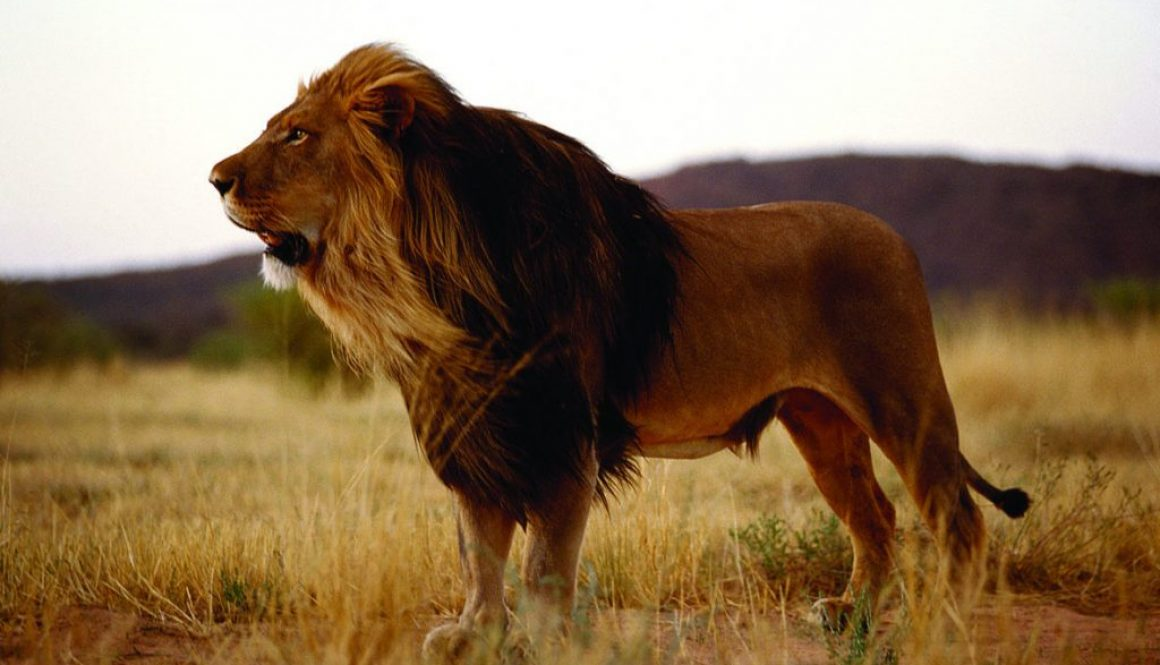 |
| Photo: Made in Africa Tours and Safaris |
A century or two ago, biologists like Charles Darwin postulated that lions grew a thick mane of hair around their necks to protect that vulnerable area from attacks by other lions. Over time, however, field biologists observed lion behavior (from a safe distance) and noted that when lions fought one another, they rarely went for the mane region. Instead they regularly attacked from the rear, targeting the back and the hindquarters.
Male lions start to grow manes around the age of two years, which signals the onset of sexual maturity.
One of the main functions of the hairy toppers is intimidation. Lion manes serve a similar function as this typical cat behavior; the size and density of the mane can help a lion appear larger, and therefore more threatening, warning away possible opponents.
That intimidating appearance ties into the second function of the mane: a symbol of health and potency. A lion would be wise to keep its distance from another lion with an especially thick, lush mane, not only because it puffs him up in the neck and chest region, but because its very existence indicates serious power.
Darker, fuller manes indicate a healthy lion with plenty of testosterone. This makes him catnip to the ladies, but also tells potential rivals to beware; he won’t back down from a fight. Mane length is also a signal to other lions of fighting success (presumably manes are damaged in these challenges).
Black manes may make a lion look suave, but they also make him overheat under the relentless equatorial sun. Global warming only makes that sun more brutal, and some scientists predict that very soon, black manes could be a thing of the past. The heat might also thin the lions’ hair. Animals in northern zoos often grow thicker manes than their wild counterparts, which scientists posit is at least partly due to the colder climate.
Interesting facts about black-maned lions
 |
| Photo: Arne Purves |
1. A black mane is a symbol of strength
As mentioned, the mane shows how healthy a lion is. Generally, the darker the mane, the stronger the lion is.
A large, dark mane helps in a fight against another lion. It adds an intimidation factor as it makes the lion look naturally larger. A darker mane seems more threatening.
A thick, black mane also shows the lion has a good diet. This suggests the lion is well-nourished and is in its prime, giving it an edge in any conflict.
Because of their health and strength, black-maned males have a longer lifespan than light-maned lions. They also have a better chance of recovering from injuries.
2. The casanova of lion species
The higher levels of testosterone in males with black manes make them more aggressive than blonde-maned lions. So, nature has definitely given them an advantage in the mating game.
You might think that mane length would be an important factor in attracting a female. The bigger the better, right? Yet, it appears color is more an important factor in their decisions.
3. Black-maned lions are more prone to trap heat
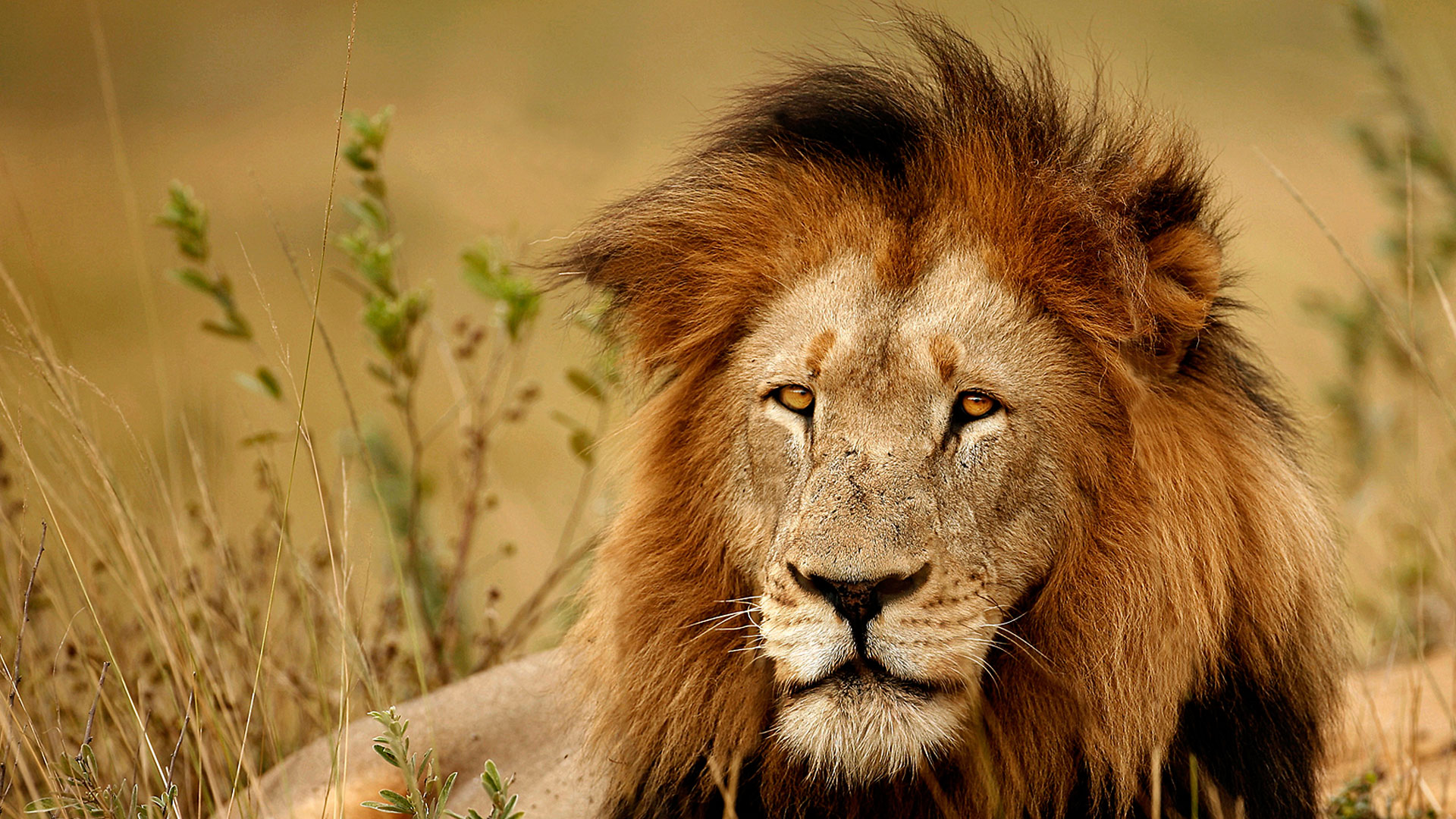 |
| Photo: Alan Murray |
People who live in hot countries learn quite quickly that black clothing absorbs heat. While light-colored clothing helps to keep them cool. The same applies to lions’ manes. A thick, black mane can be incredibly hot and heavy.
A large, dark mane can affect how these lions hunt and live. Some lions will eat less as a result, and only hunt in the night when it’s cool. In fact, wild lions spend a lot of time doing what they can to reduce heat.
Lions don’t sweat the way people do. Their only real coping mechanism for the sun is finding shade and panting. This includes lying on their backs to expose the thin skin on their bellies to the air. They also enjoy resting on raised areas, which allows them to catch a breeze.
Male lions that live in (somewhat) cooler temperatures, like South Africa, can grow bigger, darker manes.
As temperatures rise, the sun is becoming harsher. This could mean that black manes may fade away as a result of the heat.
The extinction of black-maned lions: Barbary lion and Cape lion
 |
| Photo: Pressenza |
Barbary lions were once native to North Africa, including the Atlas Mountains but are now extinct in the wild.
The last recorded Barbary lion was shot in Morocco in 1942. The only Barbary lions left in the world are now found in zoos and are part of a global and collaborative breeding programme to ensure their future survival.
Barbary lions are recorded throughout history. The Romans used Barbary lions in the Colosseum to battle with gladiators. Thousands of these cats were slaughtered during the reign of Caesar. These lions were also kept in the menagerie at the Tower of London and were offered as gifts to royal families of Morocco and Ethiopia. It is believed that Barbary lions today are directly descended from these ‘royal lions’.
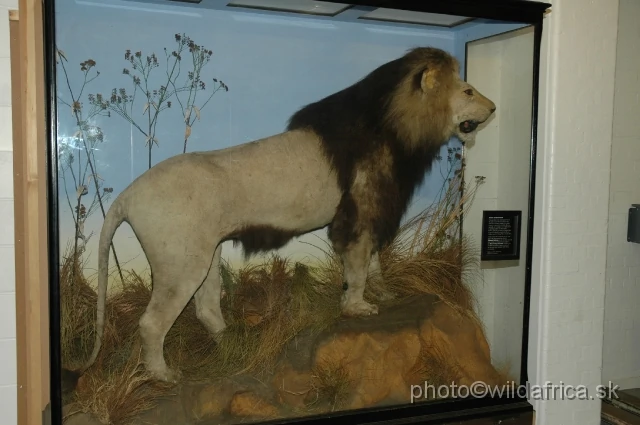 |
| Photo: Wildafrica |
Cape Lion (Panthera leo melanochaitus) is now extinct. These “black-maned” cats ranged along the Cape of Africa on the southern tip of the continent. This subspecies was not the only one living in South Africa. In the area around Cape Town, its stronghold was Cape Province. By the mid 19th century there were very few Cape Lions left and one of the last ones seen in the province was killed in 1858. Emil Holub, a Czech explorer, bought a young cub in 1876, but it died two years later.
Several institutions and wealthy people claimed to own Cape lions. In the year 2000, some animals were found in captivity in Russia and claimed to be Cape Lions, were brought to South Africa for the purpose of breeding. There is a good deal of confusion between other dark-coloured, long-maned captive lions and the Cape lions. Whatever stock of captive lions is available today around the world have been bred and cross-bred from the animals captured in Africa long ago. In so many years they have been mixed together and hybridized to the extent that most of them have become a bunch of alleles from many different lions.
This was the second largest and heaviest subspecies after the Barbary lions. A full grown maned cat could reach ten feet in length and weigh upto 500 lbs. This lion was recognised by his large size and his thick black with a tawny fringe around the face. Tips of the ears were also black.
The subspecies disappeared so quickly following the contact with Europeans, that it is doubtful that habitat destruction could have been a significant factor. Infact the English and Dutch settlers, sportsmen and hunters, simply hunted it down to extinction. Also the civilization and the development that took place cleaned away the once huge herds of game that formed the most important food source of these lions.
Rare Black-Maned Ethiopian Lion Caught on Video
Şekercioğlu, a National Geographic Explorer and ornithologist at the University of Utah, recently traveled to the Bale Mountains National Park to study the long-term effects of climate change on birds. On the long drives between birding sites, he also conducted mammal road surveys.
Ethiopian lions, known for their unusually black manes, were feared extinct until a population of around 50 were rediscovered in 2016. Because few scientists have studied these big cats, it's unclear if they—and another group of a hundred or so lions across the border in Sudan—represent a separate subspecies.
Hans Bauer, a conservation biologist with Oxford University’s Wildlife Conservation Research Unit (WildCRU) and part of the team that recently found the animals, noted that the video is valuable information, but that Şekercioğlu was not in any danger. (Also see "Don't Feed the Bears: Ethics in Wildlife Photography and Filmmaking.")
"I appreciate that people get enthusiastic when they see [a] lion. But people get carried away and make it more than it is," Bauer says.
Because the light shining in the lion's face likely blinded him (Bauer notes he stumbled a few times) the animal probably did not perceive Şekercioğlu as potential prey.
"He just finds an annoying big stinking noisy machine [in] his way and wants to get past."
Interesting facts you did not know about lionsSecond largest catLions are the second-largest cats after tigers in the world, often called the "king of the jungle." Lion live in prideLions live in a large group known as pride, resembling wolves' pattern of living. A lion's pride consists of a few adult males, related females, and cubs. Groups of female lions usually hunt together, preying mostly on large ungulates. Dominating male lionThe lion is the only member of the cat family that displays obvious sexual dimorphism. Males have broader heads and a prominent mane that grows downwards and backwards covering most of the head, neck, shoulders, and chest. The mane is typically brownish and tinged with yellow, rust and black hairs. A lion's sleepLions are known for relaxing and lazing around. They spend between 16 and 20 hours each day resting and sleeping. Lionesses are the primary huntersWhat is more interesting is that Lioness are the primary hunters in a Lion pack. Though female Lions may be physically smaller than the male Lions, they make up for it in speed. They are in fact up to 30% faster, reaching top speeds of up to 45mph. |
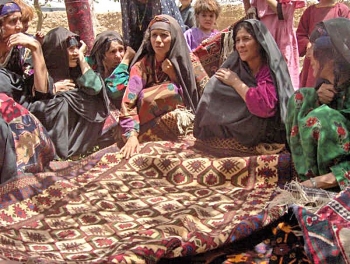 20 Amazing Facts About Afghanistan 20 Amazing Facts About Afghanistan Only in Afghanistan: It is a landlocked country, somewhere in the middle of Central and South Asia. It has a violent history. |
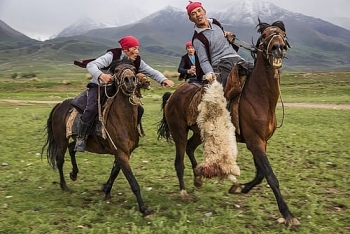 Top 60 Interesting Facts About Afghanistan Top 60 Interesting Facts About Afghanistan Discover Afghanistan facts about its history, culture, economy, people, religion and war & conflict. |
 OPHIUCHUS: Facts 13th Zodiac Star Sign With Dates, Symbols and Meaning OPHIUCHUS: Facts 13th Zodiac Star Sign With Dates, Symbols and Meaning NASA reveals there are actually 13 zodiac signs. What is Ophiuchus Zodiac Star Sign: Dates, Sympols and Traits. |
 Facts About Nile - The Longest River in the world Facts About Nile - The Longest River in the world Despite many arguments about which is the longest river in the world, according to the Guinness Book of World Records, the official title belonged to ... |

